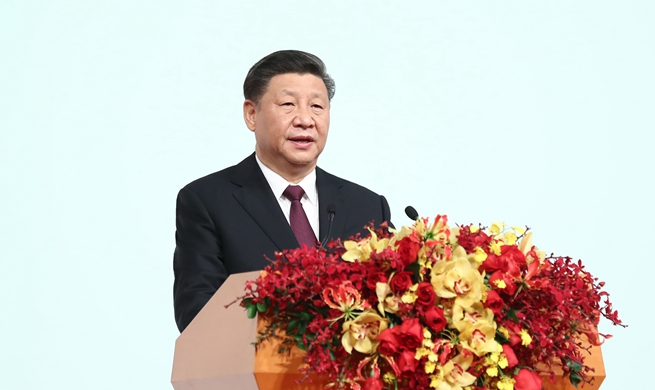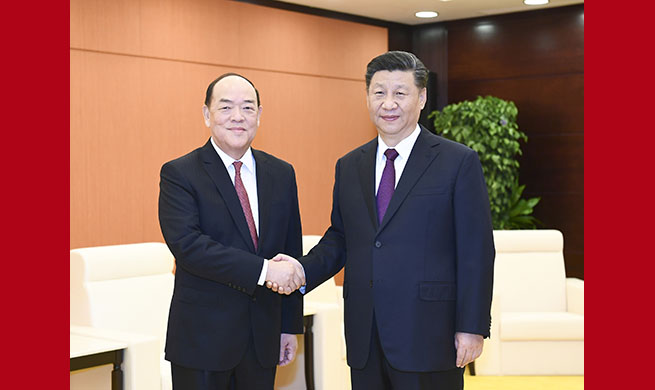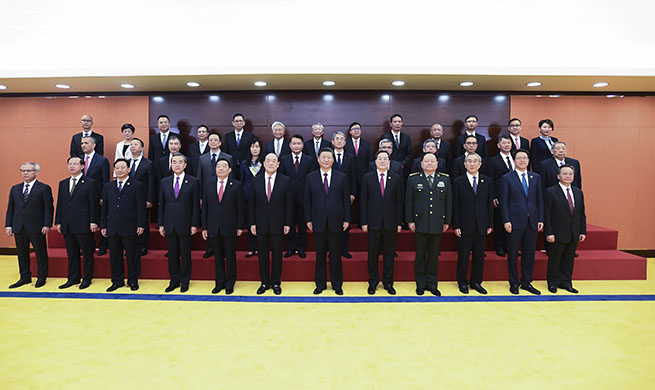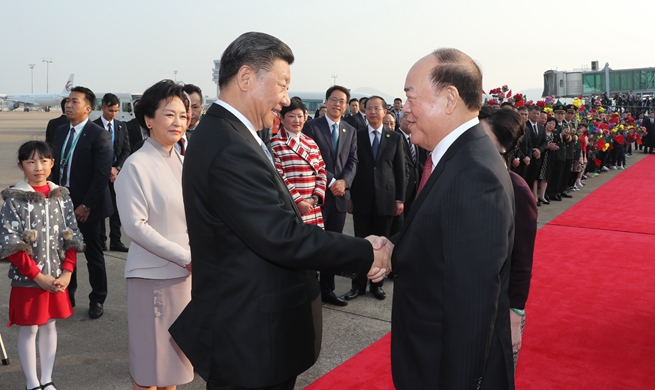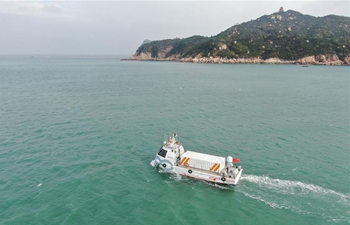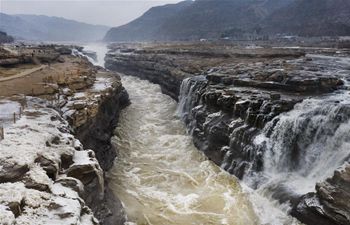TAIYUAN, Dec. 20 (Xinhua) -- A new satellite, jointly developed by China and Brazil, was sent into space on Friday, pushing forward the aerospace cooperation between the two countries, according to the China National Space Administration (CNSA).
The China-Brazil Earth Resource Satellite-4A (CBERS-4A) was launched on a Long March-4B carrier rocket at 11:22 a.m. Friday Beijing Time from the Taiyuan Satellite Launch Center in north China's Shanxi Province.
The satellite is the sixth satellite under the earth resource satellite cooperation program between the two countries. It will obtain global optical remote-sensing data and support the Brazilian government's monitoring of the Amazon rainforest and the country's environmental changes.
The CBERS-4A will replace CBERS-4, which was launched in 2014, to improve the resolution of the remote-sensing data, said CNSA.
It is equipped with three optical payloads: a wide-range panchromatic multispectral camera developed by China, and a multispectral camera and a wide-field imager developed by Brazil.
It has a better imaging capacity and higher positioning accuracy than CBERS-4, and can better meet the urgent needs of both countries in land and resources exploration, land classification, environmental protection monitoring, climate change research, disaster prevention and mitigation, crop classification and yield estimation, according to CNSA.
It can also provide services for Asian, African and Latin American countries.
In July 1988, China and Brazil signed the agreement establishing the joint research and production of the earth research satellites. The first such satellite was launched from China in 1999.
Brazilian Minister of Science, Technology, Innovation and Communications Marcos Cesar Pontes said the cooperation between China and Brazil has contributed to international economic and social development.
He said the new satellite will be used in fields such as earth resource monitoring, agriculture, meteorology, environmental protection, surveying and mapping, and serve Brazil and more developing countries.
The satellite was jointly developed by the China Academy of Space Technology and the National Institute for Space Research of Brazil. The carrier rocket was developed by the Shanghai Academy of Spaceflight Technology.
The same rocket put into orbits another eight satellites, including a wide-range multispectral remote-sensing microsatellite donated to Ethiopia.










